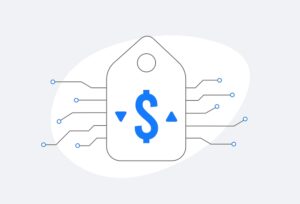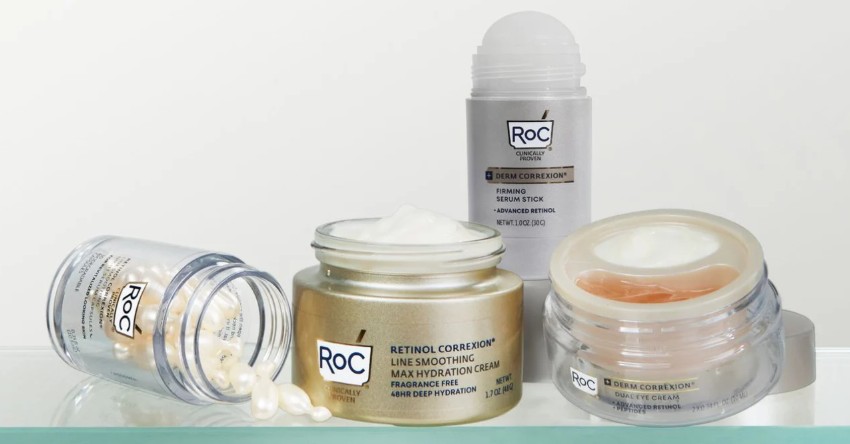With the plethora of options available, choosing the right martech partners is a challenge for most CMOs.
At the recent AdAge IQ Marketing & Technology conference in New York, marketing execs from Nestlé Waters, Hilton, Prudential and Xerox discussed the challenges in investing in martech; how they determine which tools are most effective for their companies; and the role of data and content.
Panelists included Jenn Chick, vice president of marketing and executions, Hilton Worldwide; Anna Papadopoulos, vice president of integrated media services, Prudential; Duane Schulz, vice president, digital demand and marketing technology, Xerox Corp. and Seona Skwara, director, brand digital, media and communications, Nestlé Waters North America
Here are excerpts from those conversations, led by Ad Age reporter Garett Sloane.
How do you choose martech partners? Do you lean towards best in class, or more towards those that just do everything well?

JENN CHICK, Hilton: We have multiple owners of martech [in our organization]. What’s important for us is [deciding] what are the most important things [to] our ecosystem. It’s impossible to know what all the vendors do, but knowing who to pick is important.
ANNA PAPADOPOULOS, Prudential: Best in class makes sense but that can be really time consuming. We’re picking the best partner that meets most of our needs. At some point the tech starts to become all the same—programmatic, acts on human insights. It came down to who do we trust, who can help us understand what we we’re seeing and translate that into action.
DUANE SCHULZ, XEROX: It’s important to get your arms around what your company is using. We focused on a three-to-four year trajectory in various capabilities. For example, we went from a static website to content driven to personalized for an audience of one in four years. We went to look for best in class, but they have to prove to me that we can do this. Will the tool allow us to make that growth journey happen? Talking to peers, the hardest part is that all the vendors tell a good story, but the proof is in the pudding.
SEONA SKWARA, Nestlé Waters: It’s about continuous improvement. If you have a great partner that’s moving with you or ahead of you that’s great. We’re looking for tech partners that can help us better connect with consumers and ROI. Just because we’re Nestlé Waters, we’re not going to start with our whole portfolio of products. Let’s start with one thing and [see how that performs].
Being able to work together is important in a vendor relationship. How do you determine who will be a good martech partner?
PAPADOPOULOS: It’s hard to get to know a partner and for them to get to know us takes patience. The issue we’re having is that we have a lot of tech partners that want to try [new] things, and that’s a distraction. We continue to have the conversation, but know that we’re committed to a stack right now that we need to see through.
CHICK: I had a vendor literally stalking me personally. Clearly that’s not what works. It’s about partners that are going to help you navigate the waters. That does take time to nurture. We’d like to revolutionize all of Hilton. That’s not going to work internally. The best thing you can do for me is to show me how we can win and that paves the way for me to think about how we can expand it internally.
SCHULZ: We built a software architecture for our stack. We published all the tools available in the company and who’s using them and we encourage people to try new things and let us know how it works out. The vendors coming back and say ‘we’re going to do an audit and help make sure you’re taking advantage of all the features.’ Those are the kind of people we want to hang out with.
What’s the role of data and content in this process, and how does it help create efficiencies?
SCHULTZ: What I care about what is creating conversions and downstream action that are driving business. When you find things that lead to the best downstream content, that’s the magic. We looked back at Super Bowl ads and reprised the brother Domick campaign that told the story of who we were 40 years ago and who are today. The data tells us that’s really resonating. The downstream content is telling us what’s working.
CHICK: We’re looking at the content strategy. Are [various pieces of content] truly assets? Is there reuse potential? Where do we get the content? How do we store it? We’re looking at evolving our approach globally. We have content being created all over the world. We’re looking at those tools and how we’re representing the brand in all different touchpoints and the extendibility of those assets. There’s great efficiency in getting that centralized. How do you do content generation across multiple channels that is consistent and relevant, [and make sure] you’re not paying through the nose for every piece of content you need?
PAPADOPOULOS: Programmatic has given us time back for the media team. We decided to outsource programmatic. It’s allowed media partners to focus on content. With that we’re able to draw the insights and data they know as publishers about what’s working and coming back to us with suggestion with gaps. It’s created a new opportunity within planning. Pushing out stories like publishers.
SKWARA: Technology has changed everything about how we plan, how we budget. We can’t market the same way we did before. It’s a fundamental transformation in how we go to market because as we know more about the consumer we’re trying to target and where they’re more likely to find your content. This means not doing the same old same old. It means changing some of our partners or changing the scope of our partnership. We’re having tough conversations. How do we do this without rolling up our budget? We’re going to create a lot of content that’s served at the right place and the right time. If you don’t manage it carefully, it can be overwhelming. It’s resetting from start to finish.
What if you need to change martech partners? How difficult is it to make that change?
CHICK: That’s a tough decision. We evolved and our partners evolved and sometimes we are just diverging and that’s okay. It’s fair on both sides to say this isn’t where we need to be and make joint, difficult, decisions. At the end of the day it’s always important to make sure you’re not buying more than you need. It’s easy to get caught up in the shiny new things. But it’s better to say, can we grow the SaaS costs together, because the switching costs can be high. We give our incumbent the opportunity to come to the table to see how our needs are changing.
Overall, where does your organization stand on the implementation of martech tools?
SKWARA: We have a rigorous brand-building process. Tech has enabled us to extend and build on that. It enables us to be smarter, more effective marketers in collecting consumer data, understanding preferences and serve more interesting offers, which further leads to positive brand health. We use that consumer data for lookalike modeling and to build more efficient media models, and buying. We listen to the consumer and then optimize. Martech has allowed us to move from mass marketing to a more one-to-one marketing. Today, as a marketer, you need to adapt. You can’t just be a marketer; you have to embrace technology then adapt it and understand what your goals are and select the technology that allows you do that that. If you don’t someone else will.
SCHULZ: We deal with self-directed buyers. It’s not our job to serve anything to anybody. It’s our job to make sure that there’s discoverable, shareable content that they’ll find on their own. Organizationally it’s broken down all those siloes, PR, social, etc. Our martech stack allowed us to start physically connecting those channels like we couldn’t before.
CHICK: We have broken down all the silos. The consumer doesn’t see the organizational structure, they see your messages. The tools that we’re bringing in have the potential to change the experience with our customers. We’re looking at, how can we extend that tool set to deliver that experience on property. We’ve come a long way in which can we use technology to enable better customer experiences. The great debate is what’s best for the customer at the end of the day. If we’re focused on that, we’re going to win.
Related articles:
Modern Marketing Health Check: Mastering Martech—4 Things to Consider
3 Ways to Reap the Benefits of Marketing Automation in 2017



 Network
Network

